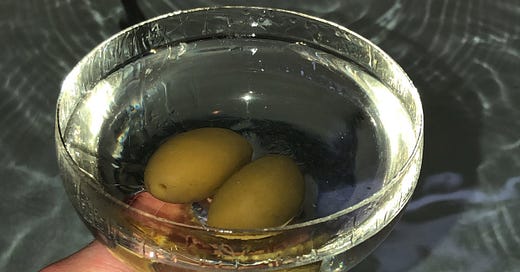In Florence I had martinis in a cocktail bar, on the other side of which were a group of Russian women in their fifties, all very beautiful, with thuggish over-muscled young men dressed like Peter Andre, their eyebrows plucked. The maitre d was a beautiful old Italian in a Gucci suit. “I get two a year, I keep them very well.” His English had a Liverpoo…
Keep reading with a 7-day free trial
Subscribe to Greed to keep reading this post and get 7 days of free access to the full post archives.



